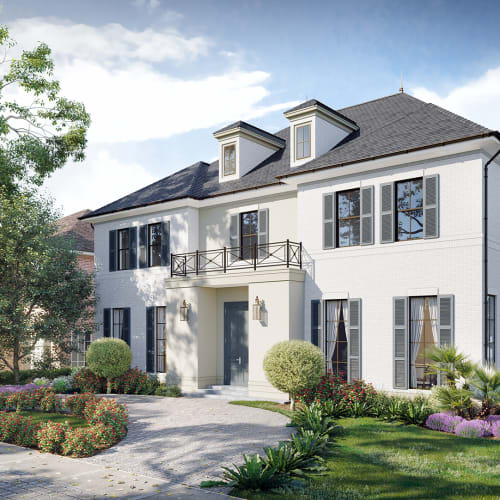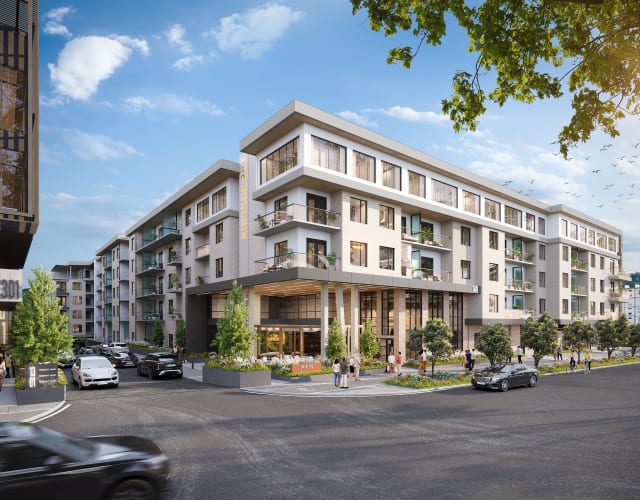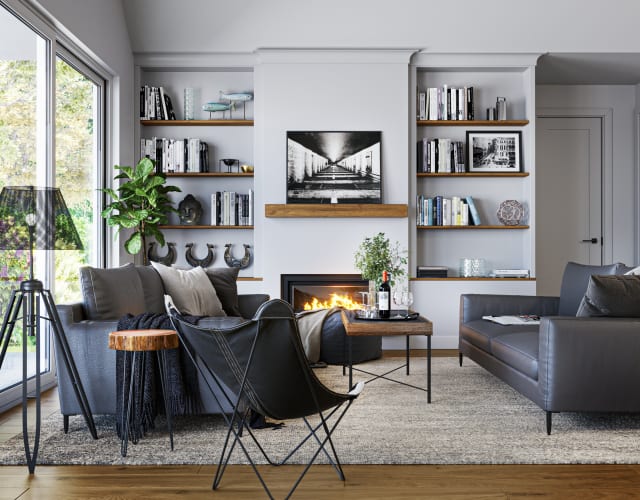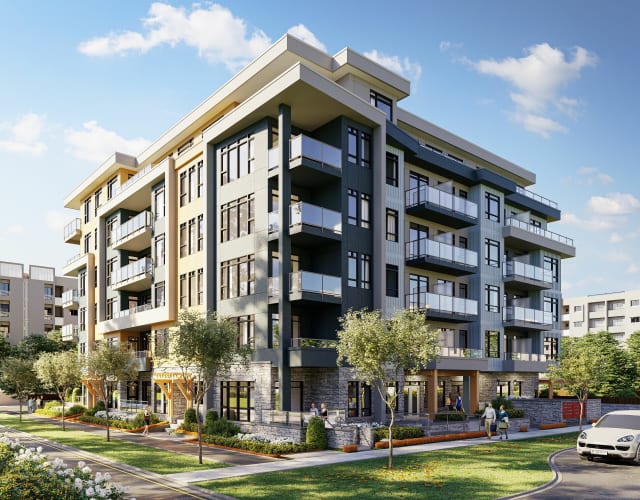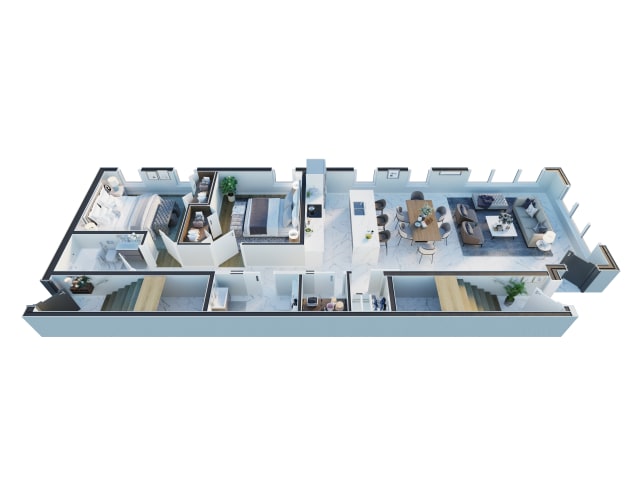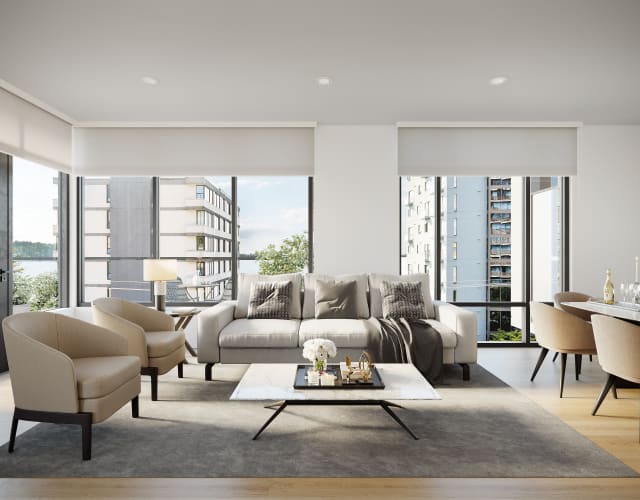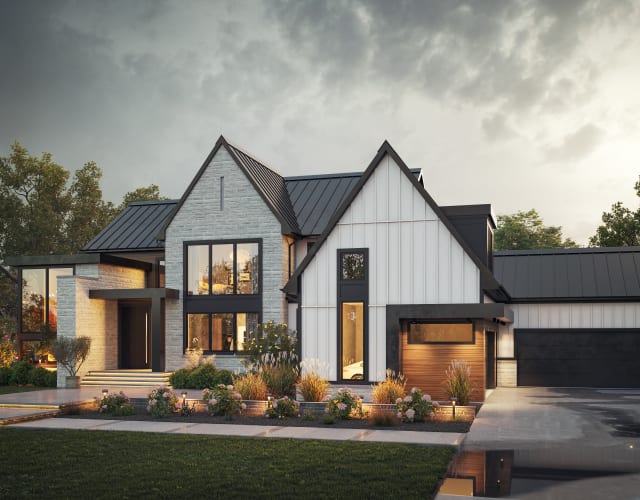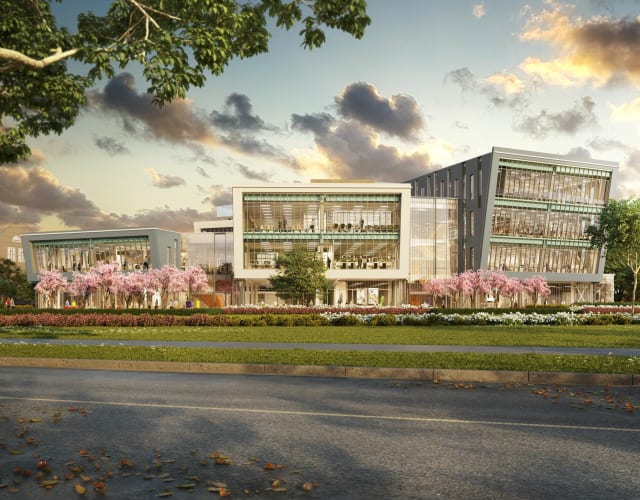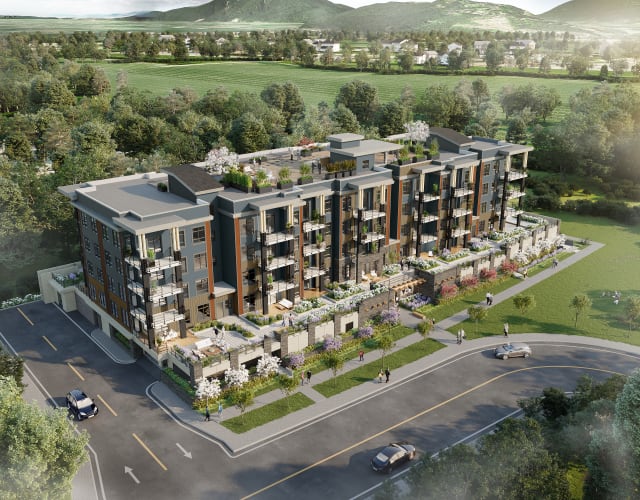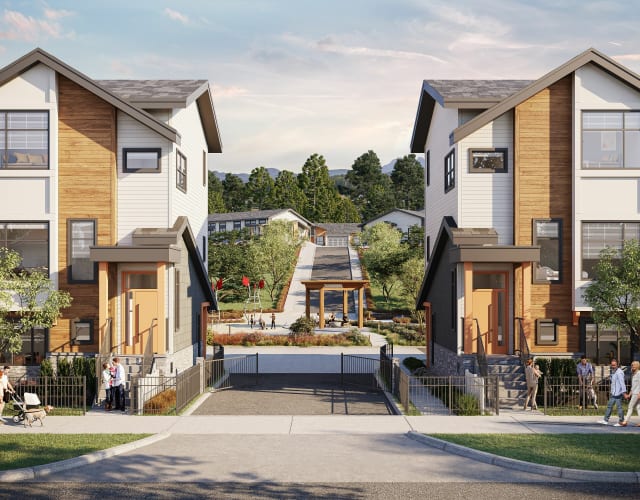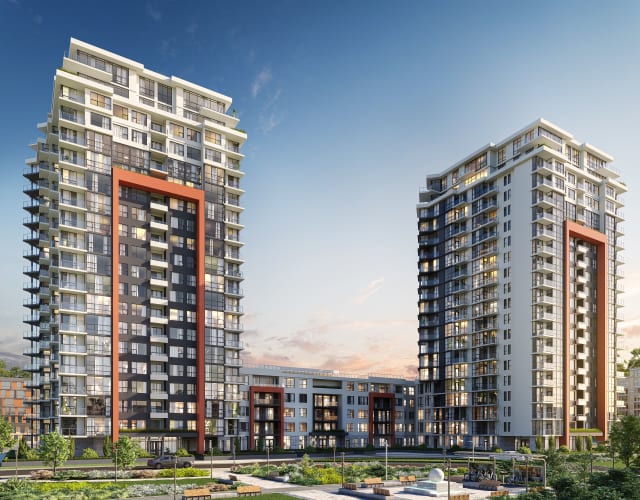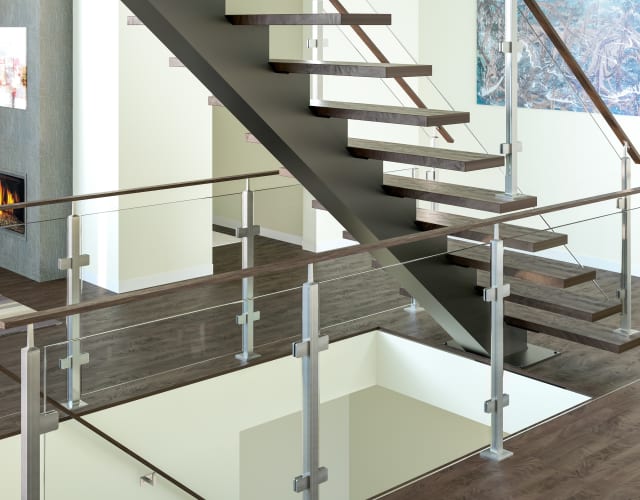Residential Rendering: 10 Ways It Transforms Home Design
by RealSpace
Residential rendering, the process of creating three-dimensional models of residential properties, has become an essential tool in modern home design. With the advent of sophisticated rendering software, architects, designers, and homeowners can visualize a home in its entirety before the construction process even begins. In this article, we will explore ten transformative ways residential rendering is impacting home design.
1. Realistic Visualization of Future Homes
Residential rendering offers a realistic and detailed visualization of future homes, including exteriors, interiors, landscaping, and surrounding environments. This advanced visualization helps clients see the final look of their home, fostering a better understanding of the architectural vision and design intent.
2. Enhanced Client Engagement and Communication
Effective client engagement is essential in home design, and residential rendering significantly enhances this aspect. By providing clients with a realistic model of their future home, architects and designers can facilitate a more interactive and engaging communication process. This leads to clearer understanding and more informed client decisions.
3. Customization and Personalization of Designs
Residential rendering allows for extensive customization and personalization. Clients can explore different design options, materials, and colour schemes with ease. This flexibility enables homeowners to tailor their future homes to their tastes and preferences, ensuring the final design aligns with their vision.
4. Efficient and Accurate Space Planning
Space planning is crucial in residential design. Rendering technology enables architects to plan and visualize spaces accurately, ensuring efficient use of every square foot. This accuracy is essential in creating functional and comfortable living spaces that meet the client's needs and lifestyle.
5. Improved Material Selection and Combination
With residential rendering, selecting and combining materials becomes an intuitive process. Clients can visualize how different materials, from wall finishes to flooring, will look in their actual environment. This helps in making choices that are aesthetically pleasing and functionally appropriate.
6. Facilitating Design Revisions and Modifications
Design revisions are a normal part of the home design process. Residential rendering makes these revisions less cumbersome and more cost-effective. Changes can be made virtually in the model, reducing the need for costly and time-consuming physical alterations.
7. Effective Lighting Simulation
Lighting plays a vital role in the ambiance and functionality of a home. Through residential rendering, designers can simulate various lighting scenarios, both natural and artificial. This allows clients to see how different lighting conditions will affect their living spaces at different times of the day.
8. Landscape and Exterior Integration
Residential rendering goes beyond the house itself to include the surrounding landscape and exterior features. This holistic approach ensures that the home's design harmonizes with its environment, creating a seamless and integrated look.
9. Streamlining the Approval Process
Rendering can streamline the approval process with regulatory bodies. Clear, detailed visuals of the proposed design can facilitate a smoother approval process, ensuring that construction can begin as scheduled.
10. Marketing and Pre-Sales for Developers
For residential developers, rendering is an invaluable tool in marketing and pre-sales. High-quality renders can be used in promotional materials to attract potential buyers, offering them a glimpse of the property before it is built.
Conclusion
Residential rendering is reshaping the landscape of home design, offering numerous benefits that extend from the initial design phase to the final construction. Its ability to provide realistic, customizable, and detailed visualizations of future homes enhances client engagement, improves design efficiency, and facilitates a smoother construction process. As rendering technology continues to advance, its role in home design will only grow, further revolutionizing how architects, designers, and homeowners approach the creation of residential spaces.
